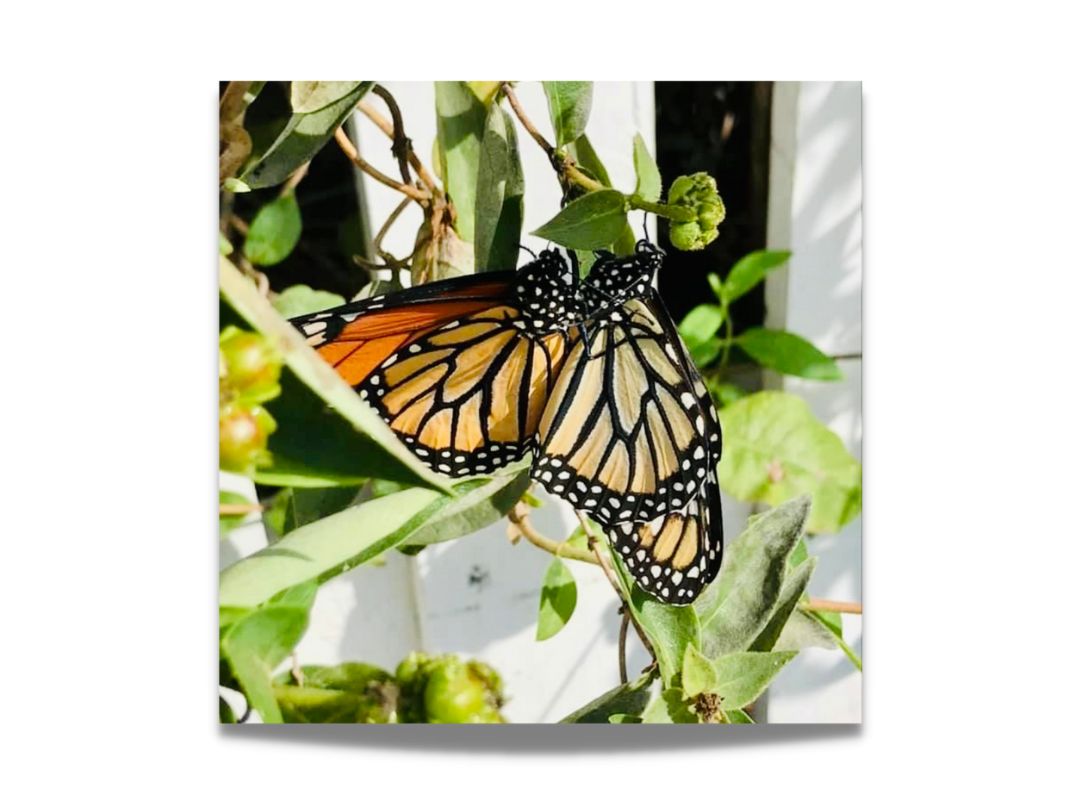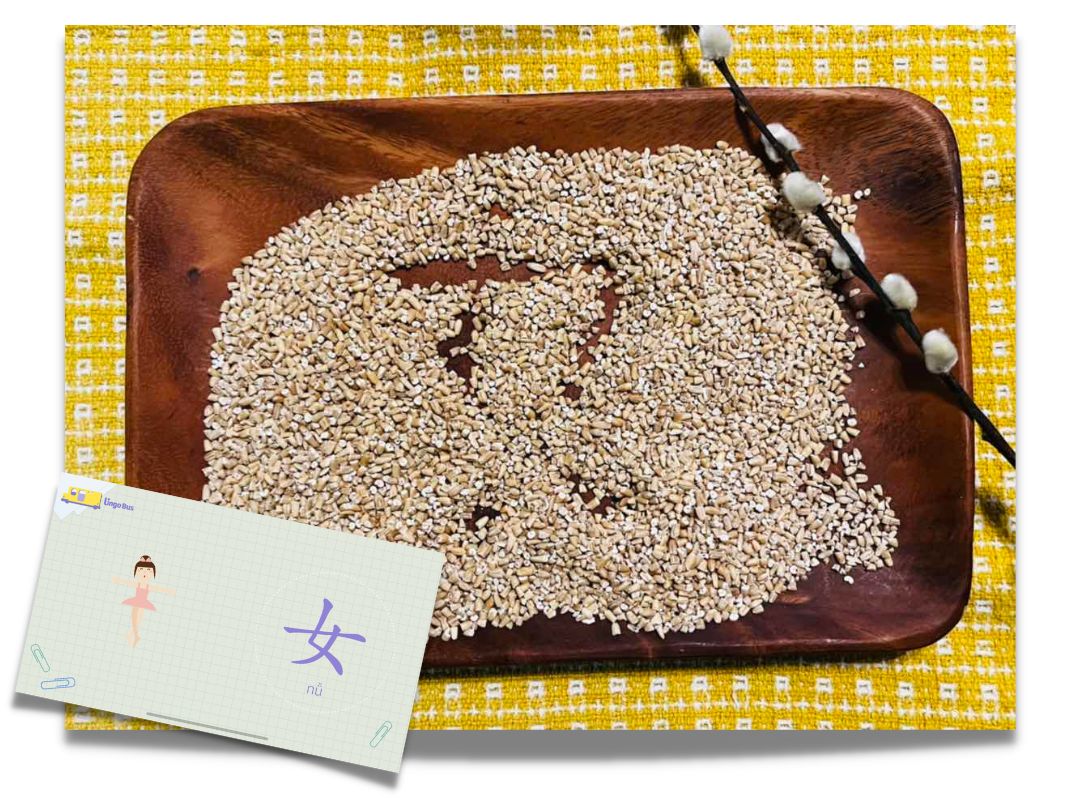How to Help Children’s Language Development
Using the Five Senses to Support Your Child in Becoming Bilingual
Language reflects how we experience the world, and it allows us to make connections with others. For children, they get to enjoy all the wonders of the world for the very first time. Even in their mother tongue, they may not always know the words to explain the new things that they see, hear, smell, touch, and taste. Sense is a wonderful method to stimulate language learning.

Put yourself in a child’s shoes and imagine their feeling of wonder upon seeing a butterfly for the first time. Is it paper? Is it a bird? What does it feel like?
Children are captivated by these moments.
Remember the first time you tasted a fresh raspberry and the juice trickled down your chin and stained your hands? All these sensory experiences light up a child’s brain. Ever smell a certain aroma and suddenly you are whisked to another time and place? For young children, there is nothing sweeter than immersing themselves in a sense they enjoy- the soft squish of slime, the crunch of splitting a salty goldfish in half between your teeth, or the miraculous delight of watching a campfire dance.
How Can I Use Sense When Teaching Language?
An easy way to begin is perhaps some sensory writing activities. These are an excellent way to build writing and pre-writing skills. You can use sand, rice, or another medium that your child enjoys touching. You could even use wet pasta or wiki sticks to bend the shapes. If the second language uses a different alphabet or writing system from your child’s primary language, any novel methods for teaching will help your child to be more engaged.

Why does this work? Kids enjoy the novelty of getting to touch certain objects and the use of both sight and touch together helps build a stronger memory.
The Lingo Bus platform has some free character activities if your child is learning to write Mandarin Chinese. Remember to pay attention to stroke order!
Smell and Taste

When people acquire language, often the first words we learn are food related.
Why? We all seem to be united in our love of flavor, so learning to communicate about flavor is quite important.
Food is a great tool to learn language since it uses many of our senses.
Try a little blindfolded taste test game for a memorable learning experience.
Step 1: Teach a few simple food words. Have the foods on the table so your child can touch and smell them (but not taste!).
Step 2: Then have them place a blindfold on and be sure to check for sneaky peeking.
Step 3: Have your child listen as you prepare the food. They can hear the crunch of an apple, or the crack of you opening a walnut, or perhaps the sizzle of an egg being fried. Ask for guesses as they listen and smell. For younger kids you may want to skip this step because they might become impatient.
Step 4: Place foods within sniffing distance and ask them to guess what they are (use the second language).
Step 5: Gently offer your child a bite of each food, and again ask in the second language what they think it is.
Step 6: Remove blindfolds and check if your child is a future chef in the making.
Why does this work? Because… food! We all love food and games.
*If your child knows simple food vocabulary already, ask them to describe flavors such as: salty, sweet, sour, etc. in their second language.
Other options:
Any time your child is happy, their brain will be more open to learning. Think of places and activities that make them the most excited, or experiences they have not yet had.
You can try to:
- Explore nature and have a scavenger hunt with instructions in the second language- looking for things that feel rough, soft, or are certain colors is a great way to tap into the five senses
- Visit a petting zoo after learning new animal words- which one is the softest?
- Make a craft or simple drawing by following a TikTok video- use unique materials to create a lasting memory (a new set of pastels, recyclables, found objects from your yard…)
- Prepare a simple snack from a YouTube video- does it taste as good as it looks?
- Build a new creation– teach the names of simple objects and prepositions. Allow your child to build then help them to describe what they’ve made. How does it feel? How does it sound? Maybe they can make a Rube Goldberg machine!
Engage your child’s senses and the learning will be more powerful and more fun for you both!
Lingo Bus has a couple of catchy song videos that can help your kids learn and practice Chinese food words:
Rice and Noodles: https://youtu.be/GkkMwmpRwLY
Sweet and Salty: https://youtu.be/FXKs2RBSFeA

